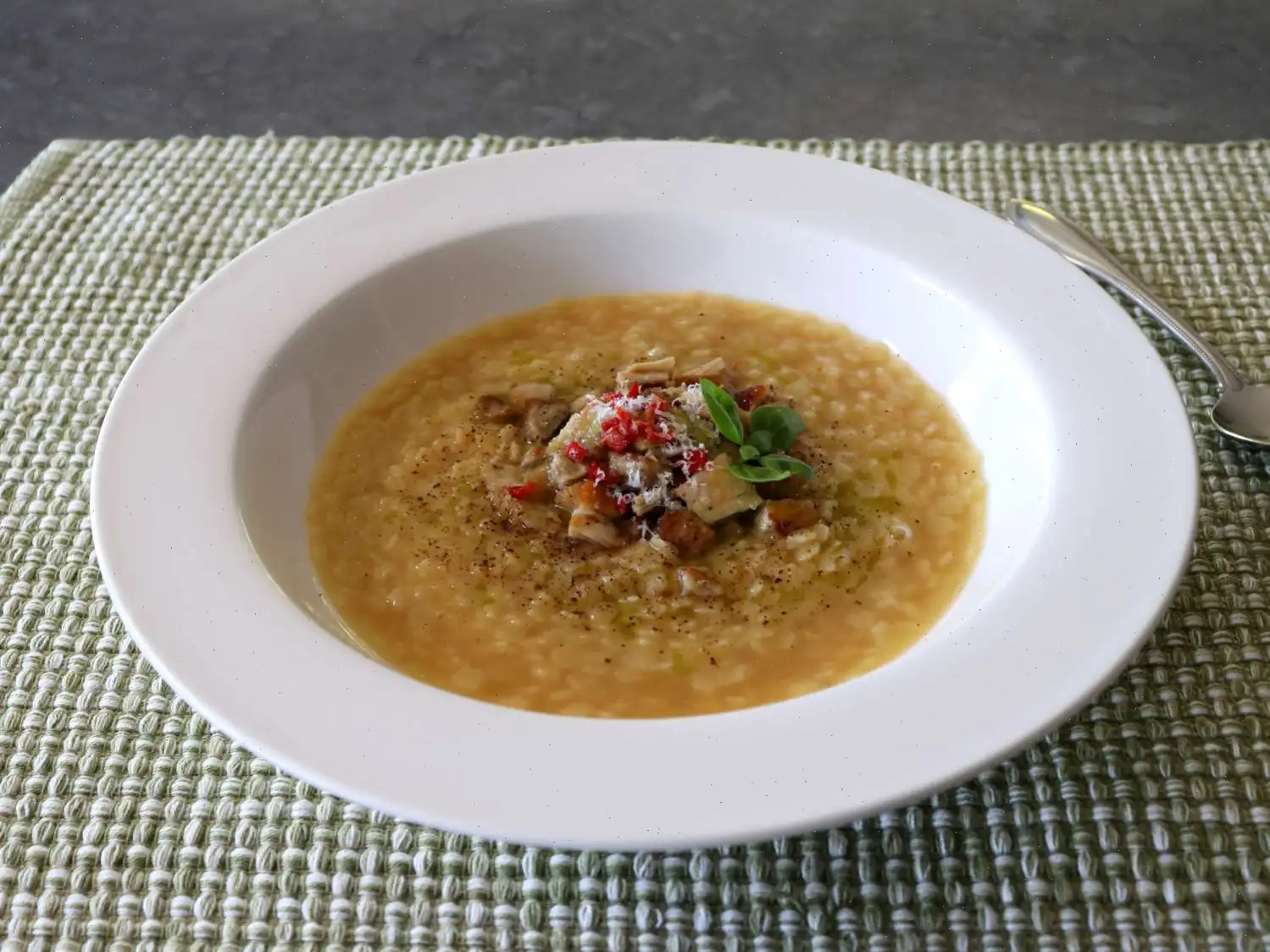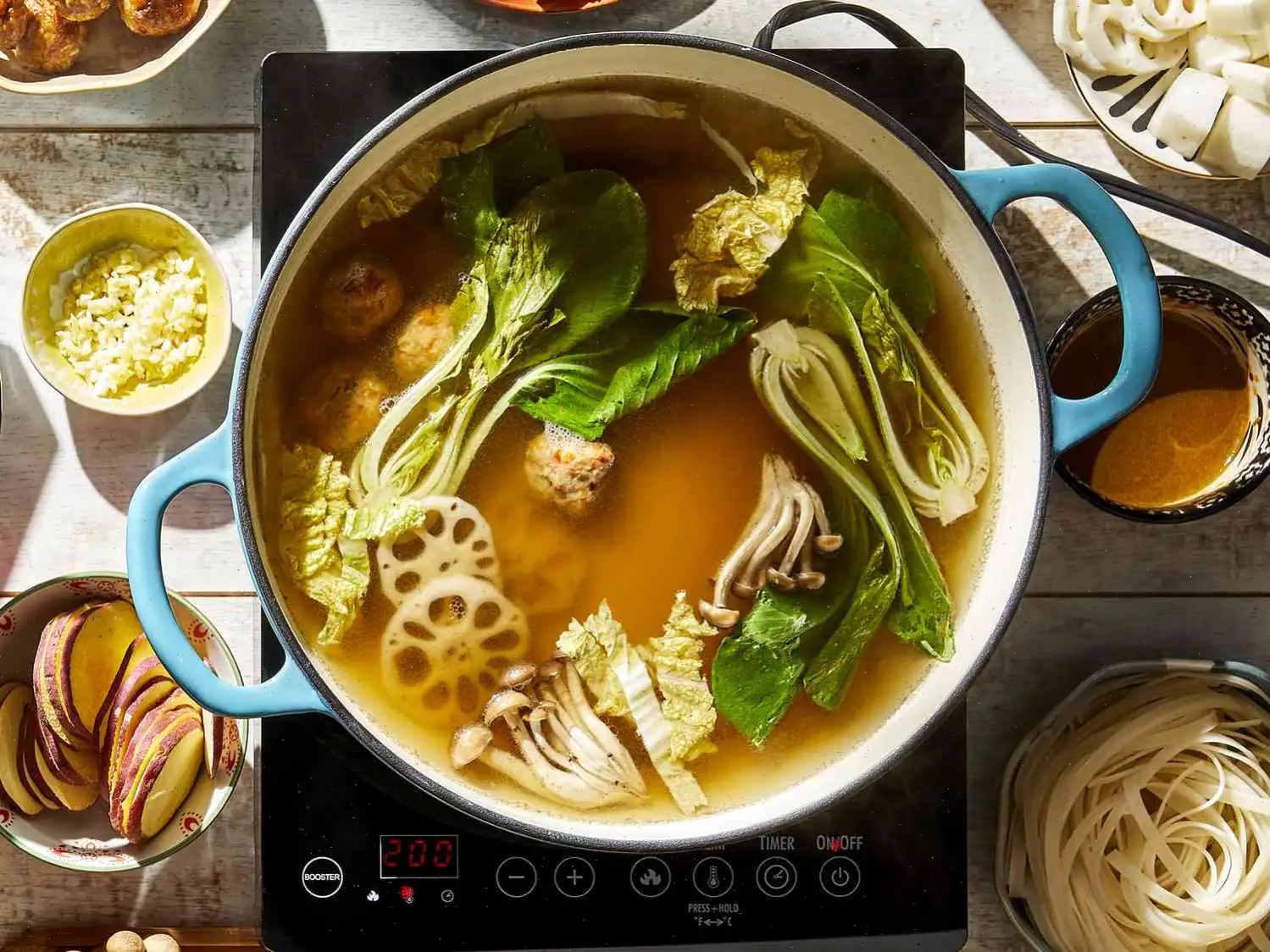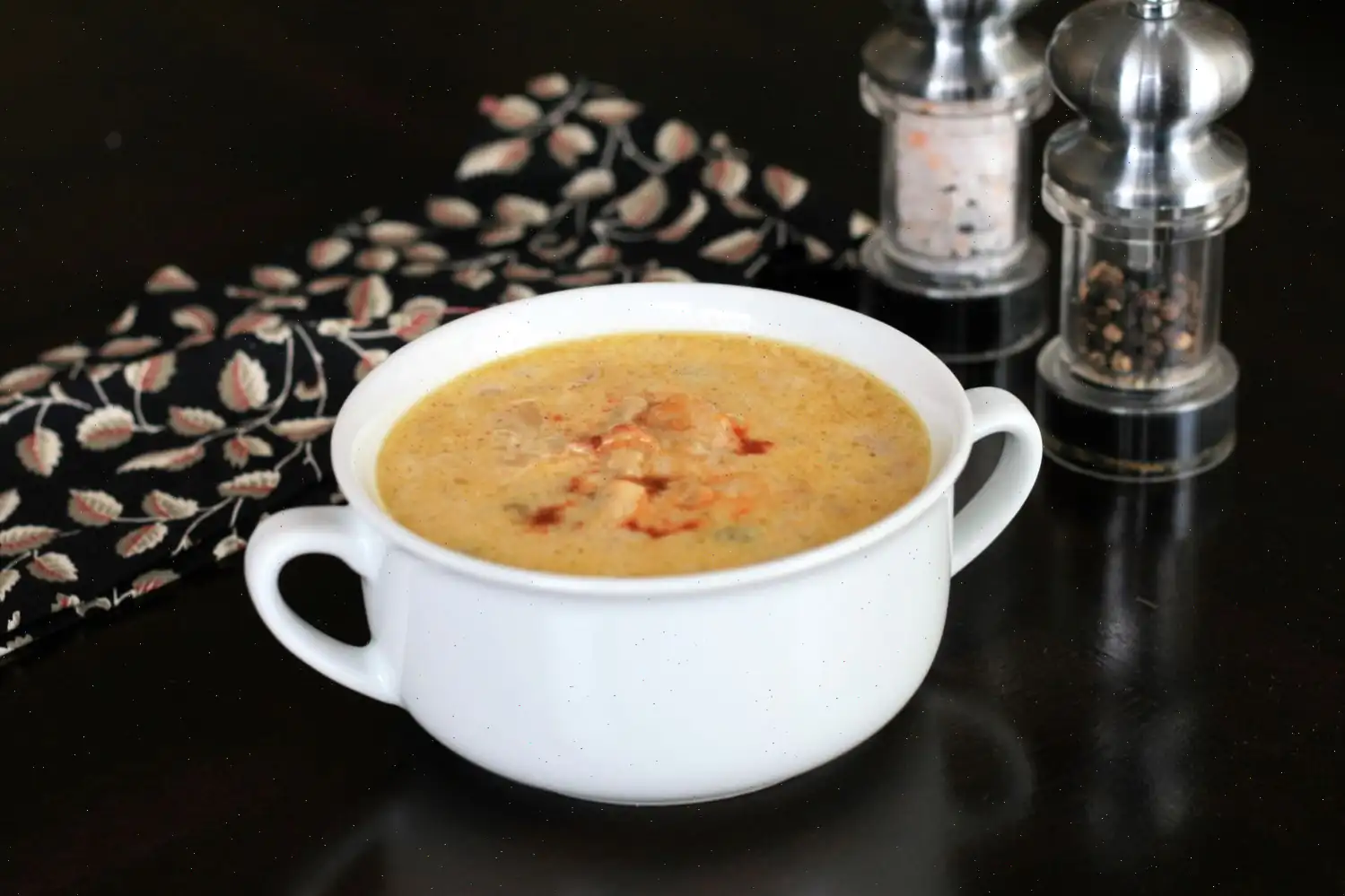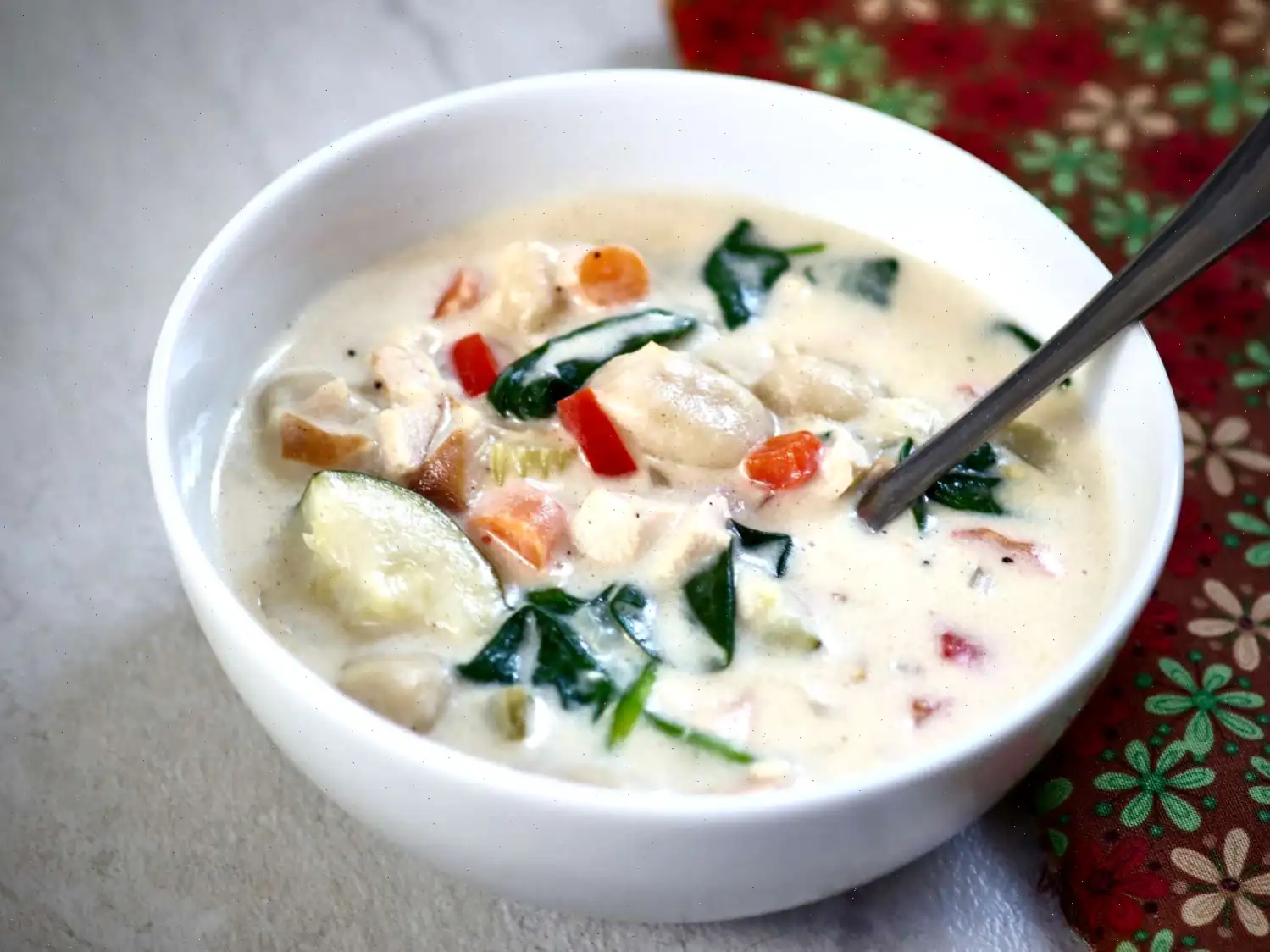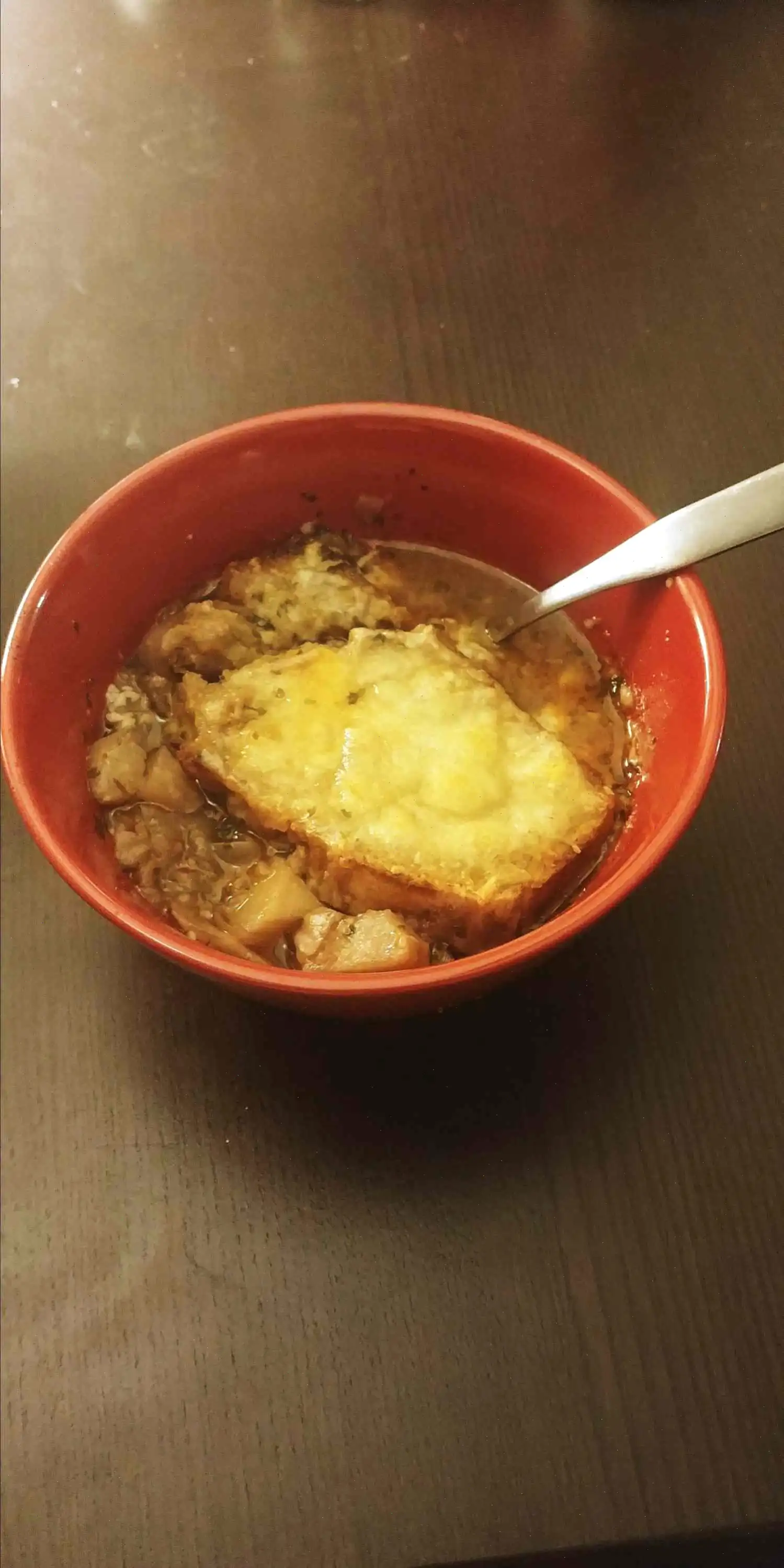
Chicken Pastina Recipe
Ive always believed in the magic of comfort food, and this chicken pastina is the perfect way to experience it. Imagine a warm, tender hug in a bowl, a cozy reminder of childhood, prepared with love and simple ingredients. Whether youre aiming for a light, soup-like consistency or a richer, risotto-style texture, this recipe adapts beautifully to your mood.
Ingredients (2 servings)
- 4 cups prepared chicken broth
- Salt, to taste
- 1 cup star-shaped pastina or acini di pepe
- Freshly ground black pepper, to taste
- 2 tablespoons unsalted butter
- 3/4 cup finely grated Parmigiano Reggiano cheese
- Extra-virgin olive oil, for drizzling
Instructions
- Place the chicken broth in a medium pot and bring it to a gentle simmer over medium-high heat. Taste and adjust with salt if needed.
- Lower the heat to medium and stir in the pastina. Cook, stirring occasionally, for 5 to 8 minutes or about 30 seconds less than the package instructions.
- Turn off the heat and mix in black pepper, butter, and a portion of the grated Parmigiano Reggiano. Stir continuously until the butter has melted and fully incorporated.
- Spoon the pastina into warm bowls. Finish each serving with extra freshly ground black pepper, the remaining Parmigiano Reggiano, and a light drizzle of olive oil.
Chef's Tip: Fortified Broth
To create a deeply flavorful broth, simmer 4 bone-in, skin-on chicken thighs in a quart of store-bought chicken broth combined with 3 cups of water. Add chopped carrots, onion, celery, 2 garlic cloves, and a bay leaf. Cook until the chicken is tender, about 1 hours. Remove the chicken meat for another use, strain the broth, and reserve until ready to prepare the pastina.
Nutrition Facts (per serving)
- Calories: 320
- Total Fat: 19g (24% DV)
- Saturated Fat: 11g (53% DV)
- Cholesterol: 59mg (20% DV)
- Sodium: 2233mg (97% DV)
- Total Carbohydrate: 24g (9% DV)
- Dietary Fiber: 1g (4% DV)
- Total Sugars: 3g
- Protein: 13g (26% DV)
- Calcium: 209mg (16% DV)
- Iron: 1mg (7% DV)
- Potassium: 159mg (3% DV)
*Percent Daily Values are based on a 2,000 calorie diet. Values may vary depending on individual calorie needs. Nutrient information is based on available data.
The Origins of Chicken Pastina
Chicken Pastina traces its roots to traditional Italian home cooking, particularly in regions where simplicity and comfort defined everyday meals. Pastina, meaning "little pasta," has been a staple in Italian kitchens for centuries, often used in soups for children or the elderly due to its delicate texture and quick cooking time. The combination of tender chicken, nourishing broth, and tiny pasta shapes became a quintessential comfort dish, cherished for its warmth and subtle flavors.
Regional Variations
Although Chicken Pastina is enjoyed throughout Italy, its preparation varies by region. In northern Italy, cooks may incorporate cream or butter to create a richer, velvety consistency, while southern regions often emphasize the use of fresh olive oil and Parmigiano Reggiano to enhance flavor without overpowering the delicate broth. Some areas even add small vegetables, such as finely chopped carrots or zucchini, creating subtle variations that reflect local produce and culinary traditions.
Differences from Similar Dishes
Chicken Pastina is often compared to other Italian soups, such as Minestrone or Stracciatella, yet it remains unique. Unlike Minestrone, which is hearty and vegetable-heavy, Pastina focuses on the tiny pasta and broth, providing a lighter, more soothing experience. Stracciatella soup, made with egg and broth, shares a comforting quality but lacks the chewy texture of pastina and the richness of combined chicken and cheese. The result is a dish that is simultaneously nourishing, delicate, and indulgent.
Typical Settings and Serving
Traditionally, Chicken Pastina is served as a starter or light main course in Italian homes, especially during colder months or when someone is feeling under the weather. It is commonly presented in small bowls, topped with freshly grated cheese, a drizzle of olive oil, and a pinch of black pepper. Its quick preparation also makes it a popular choice for family meals or casual gatherings, offering both comfort and convenience.
Interesting Facts
One fascinating aspect of Chicken Pastina is its versatility. The small pasta shapes can be swapped with different varieties, and the broth can be enriched with leftover meats or vegetables, making it a perfect clean out the fridge dish. Historically, pastina was often the first solid food given to infants in Italy, earning it the nickname pasta for babies. Modern adaptations continue to honor this heritage while adding adult-friendly flavors like Parmigiano Reggiano and black pepper. Another fun fact: in Italy, the term pastina encompasses dozens of tiny pasta shapes, from stars to tiny beads, each adding a subtly different texture and eating experience.
FAQ about Chicken Pastina Recipe
Comments
Timothy Wilson
12/03/2024 03:49:20 AM
Review: It was absolutely fantastic! This place will definitely become my top choice for Italian cuisine!
Mark Lee
08/19/2023 08:14:37 PM
I cooked the pasta for only 6 minutes, but all the liquid absorbed into it. The result was closer to polenta in consistency rather than the soupy texture I was expecting from the picture. Additionally, the dish lacked any flavor at all.


